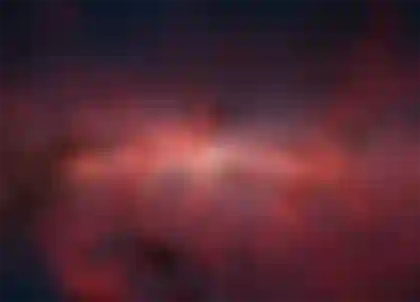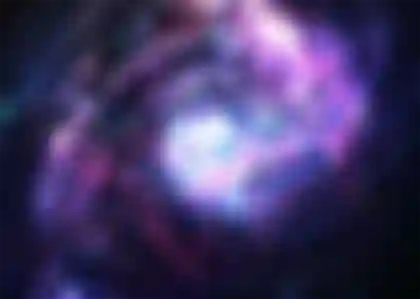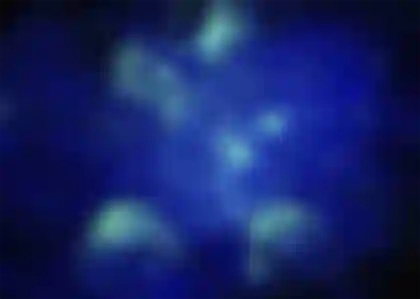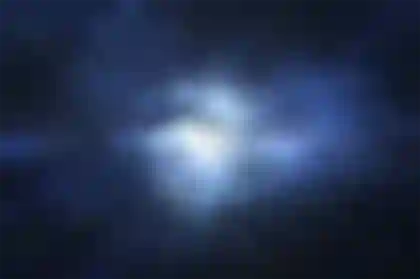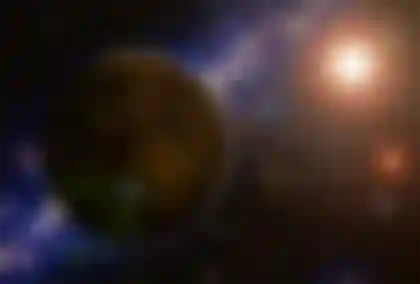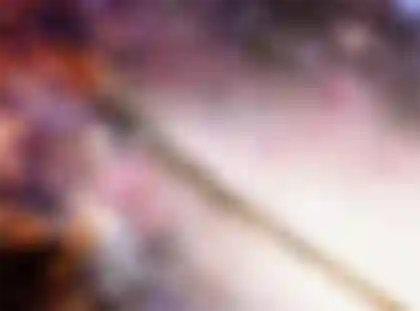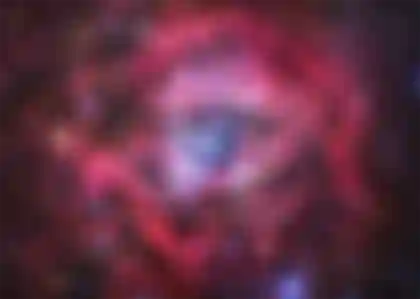The Milky Way , which contains the Solar System and obviously our planet as well, is a tremendously surprising place. This galaxy is immense, ancient, it is made up of all kinds of incredible things and there is still so much more to discover. Today I want to invite you to know some curiosities about the Milky Way Galaxy that will amaze you. Let's start with the tour!
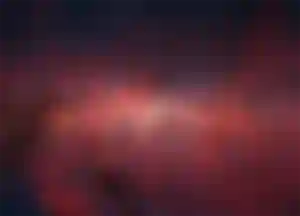
STOCKTREK IMAGES / THINKSTOCK
10. It has more than 200 billion stars
Although it is not an easy task, scientists estimate that in the entire Milky Way there must be between 400 thousand and at least 200 billion stars in total. At first glance, on the clearest night you can enjoy, from Earth you can only see 2500 in total. However, the Milky Way is losing stars every moment, in the same way that new stars are born. An estimated 7 new stars emerge each year in the Milky Way .
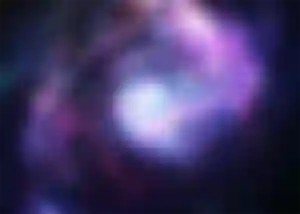
FORPLAYDAY / ISTOCK / THINKSTOCK
9. The Milky Way is spiral shaped
A short time ago I was explaining to you what the Fibonacci sequence is , remember? Well, as I told you at that time, the Milky Way, like the vast majority of the galaxies in the universe that we know, have a perfect spiral shape. It is a disk about 120,000 light years in diameter, with a large central bulge with a diameter of 12,000 light years.
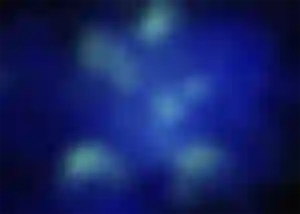
FORPLAYDAY / ISTOCK / THINKSTOCK
8. It also has many other galaxies in its interior
The wonderful spiral shape of the Milky Way was not always like this. To achieve this shape and especially its large size (although there are galaxies even much larger than this one), this galaxy ate other smaller galaxies, metaphorically, of course. The Sagittarius Elliptical Dwarf Galaxy (SagDEG) is a good example of this. In addition, the Milky Way continues to do this, absorbing smaller galaxies in its composition, such as the dwarf galaxy Canis Major, which is one of the closest to our own and is currently being absorbed by the Milky Way.

NEUTRONMAN / ISTOCK / THINKSTOCK
7. It is full of ashes and gases
In addition to billions of stars and other smaller galaxies, the Milky Way has enormous amounts of dust, ash and gases in its composition. Experts say that a 6,000 light-year diameter layer of dust and ash can barely be seen in the visible spectrum of the Milky Way. Sure, don't forget that its size is about 120,000 light years across ...
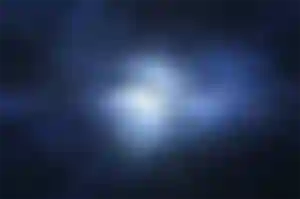
PIXELPARTICLE / ISTOCK / THINKSTOCK
6. The Milky Way is as old as the universe itself
Achieving its immense size and composition is something that did not happen overnight, as you can well imagine. The Milky Way galaxy is as old as the universe itself. You will also imagine the difficulties that calculating the age of the universe supposes, however, there is a consensus in the estimation, suggesting that the age of the universe is between 13,761 and 13,835 million years, approximately. On the other hand, the Milky Way is also believed to be at least 13.6 billion years old . All these calculations are made by analyzing the ages of the stars and their relationship to the Big Bang.

NEUTRONMAN / ISTOCK / THINKSTOCK
5. It has about 100 billion planets inside.
Returning to its composition, something fundamental to know this galaxy and also to marvel at its majesty, the Milky Way also has some 100,000 million planets inside it. Although the number of stars in the Milky Way is a variant that is constantly changing, a standard number of about 100 billion is maintained and that for each of them, there is at least 1 planet orbiting around it. This means that in this small corner of the universe that we call the Milky Way alone, there are between 100 and 200 billion alien planets.
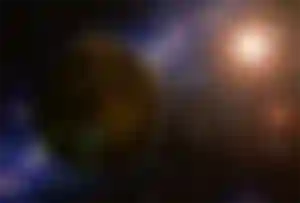
ZOONAR / ZOONAR RF / THINKSTOCK
4. About a billion are very similar to Earth
Perhaps even more interesting and surprising data is that of that enormous number of planets floating and moving together in this galaxy (and to say "our galaxy" is quite audacious, right?), About a billion are very similar to the one we inhabit. . There are dozens of different types of planets, some made of gases, some made of rock, and still others that even rain on certain types of metal. A recent scientific study, where some 42,000 stars very similar to the Sun were investigated, showed that between 11 billion and 40 billion planets orbit them with many similarities to the Earth with the Sun and about a billion are so similar as to be able to host various types of alien life. The area that is home to these promising planets is known as the "Goldilocks area".

M-GUCCI / ISTOCK / THINKSTOCK
3. There is a huge black hole in the center of the Milky Way.
Black holes are one of the most curious, amazing and unknown places that exist in the universe, what we do know is that, as in most galaxies, a black hole is in the very center of this galaxy. In the Milky Way, this center is known as Sagittarius A * and it is a black hole with a mass equivalent to that of 40,000 suns.

ORDUS / ISTOCK / THINKSTOCK
2. The Milky Way is moving all the time
That's right, as we saw when we analyzed the movement of the Sun and the Solar System in the galaxy, the Milky Way itself is constantly in motion in space. The universe is a really incredible place and everything there works in a majestic way. If you want to feel very tiny, just take a look ... the Earth, like everything in the Solar System, revolves around the Sun, the Sun around the Milky Way and the Milky Way, which is part of the group of galaxies known as the Local Group : a large set of galaxies that move thanks to the radiation microwaves that were left in the universe as a result of the Big Bang. The Local Group moves at a speed of 600 km / s, that is, at about 2,200,000 km / h. We on Earth are so insignificant as not to feel that speed in the least.
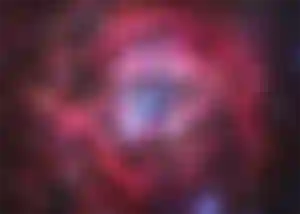
FORPLAYDAY / ISTOCK / THINKSTOCK
1. There is a galaxy practically the same as the Milky Way
The Milky Way is then a unique galaxy, right? Well, not so much. It is very special, but not the only one of its kind, in fact, galaxies of its kind (with a spiral shape) are the most common in the universe. There are no less than 170 billion visible galaxies out there and there is one in particular, the galaxy NGC 1073 , which has enormous similarities with ours, for example, it has two smaller satellite galaxies, such as ours, something that does it is particularly exceptional. This is just one example, as NGC 1073 has so many similarities to the Milky Way that scientists commonly call it "the twin."
